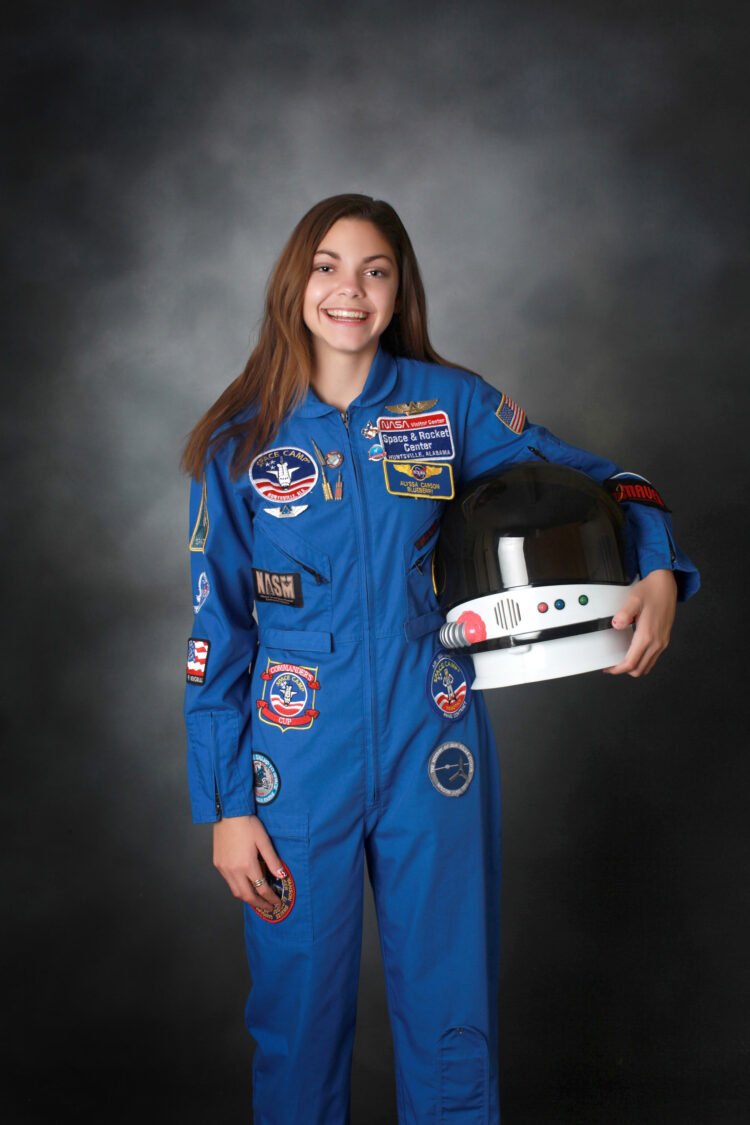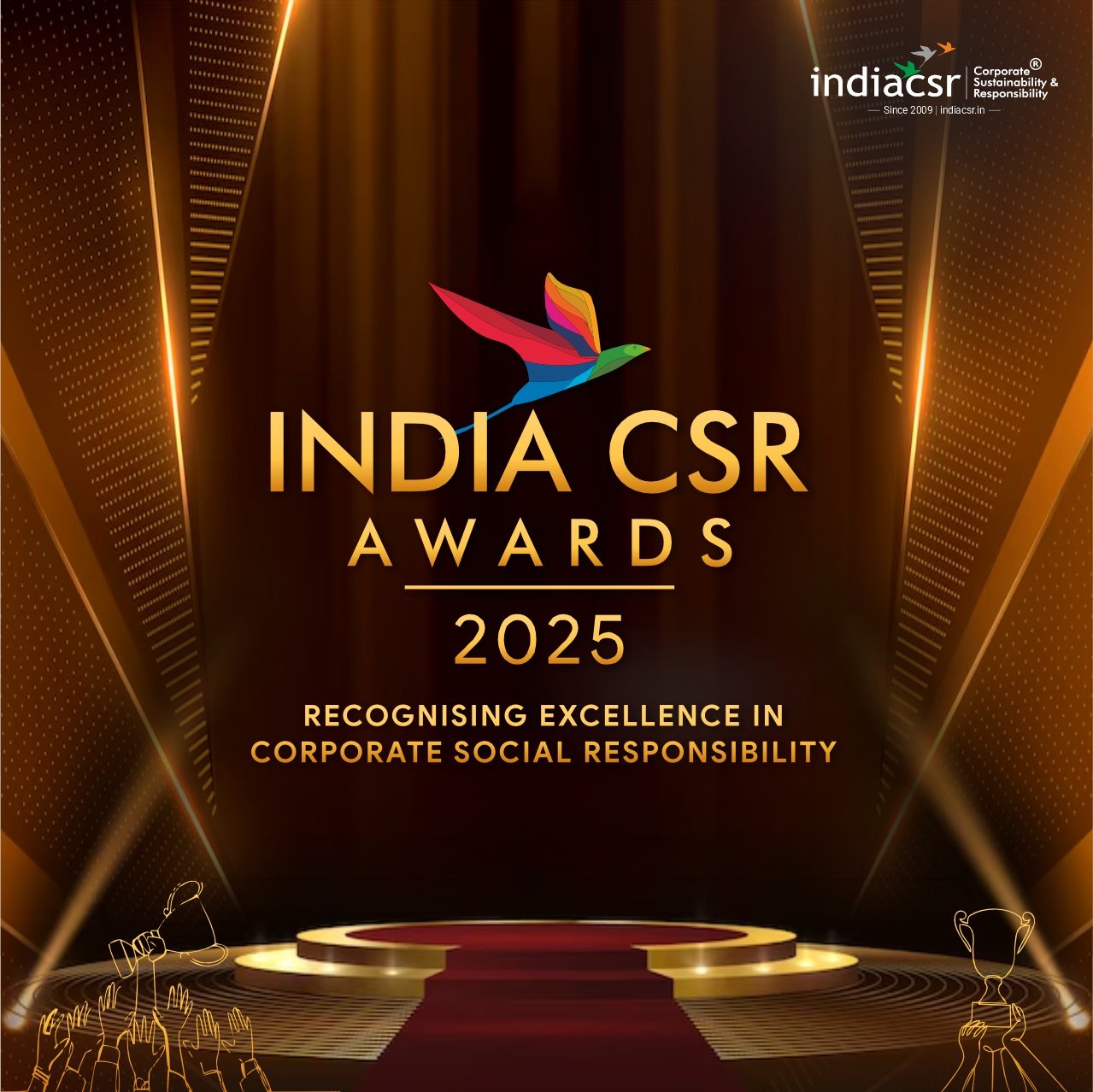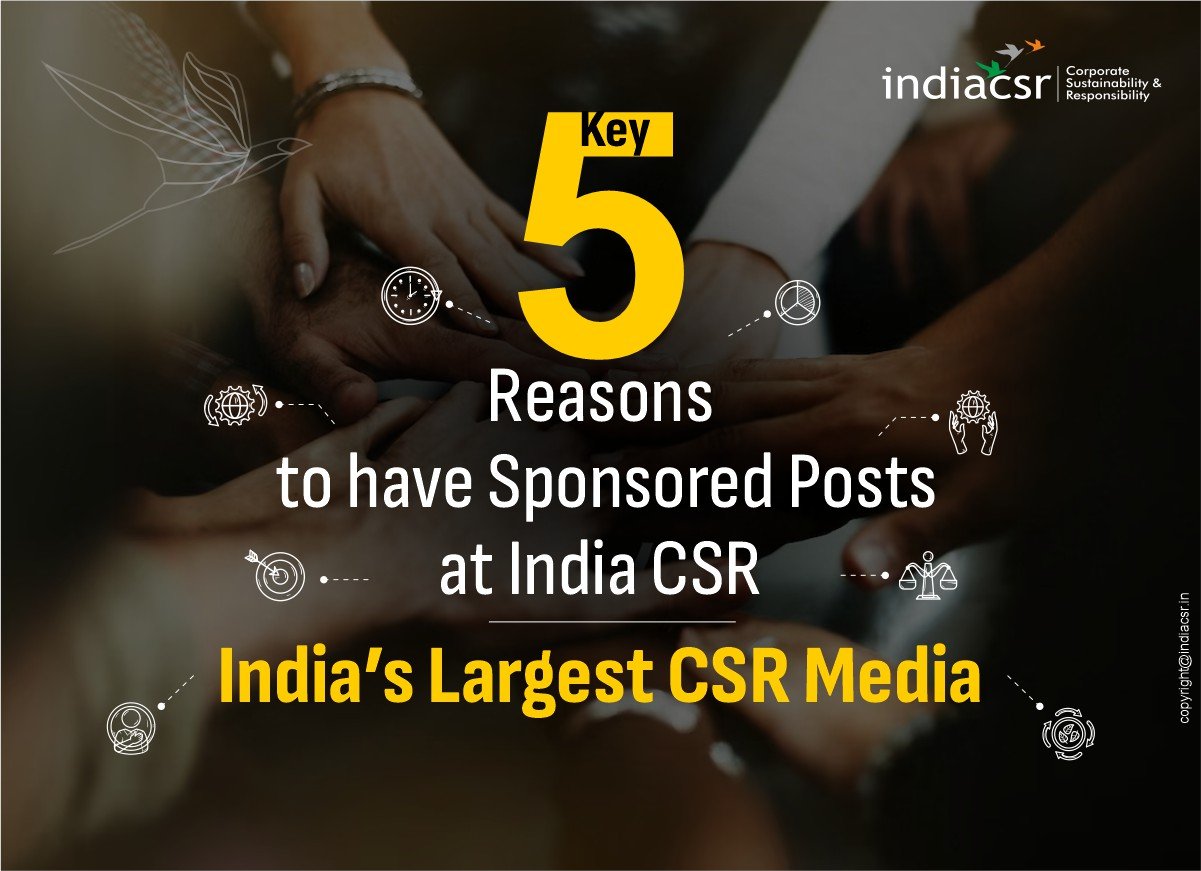Alyssa Carson, the starry-eyed “Blueberry” from Baton Rouge, has been chasing her dream of walking on Mars since age three, transforming a childhood spark into a lifelong mission to inspire and explore.
At just three years old, Alyssa Carson, a Baton Rouge, Louisiana native, watched an episode of The Backyardigans about a Mars mission and decided her destiny lay among the stars. Now 24, known by her space camp call sign “Blueberry,” Carson has spent her life preparing to become one of the first humans to set foot on Mars, a dream she hopes to realize with NASA’s planned missions in the 2030s. While not officially affiliated with NASA, her relentless pursuit of space exploration has made her a global inspiration, particularly for young women in STEM.
Carson’s journey began at age seven when her father, Bert, enrolled her in NASA’s Space Camp in Huntsville, Alabama. She became the first person to attend all three NASA Space Camps—Huntsville, Canada, and Turkey—and completed the NASA Passport Program by visiting all 14 NASA visitor centers by age 12. Her passion earned her a spot on a NASA panel at the Smithsonian National Air and Space Museum in 2013, discussing Mars exploration alongside experts. “I think it’s so important that we continue to pursue and learn more about space,” Carson has said, reflecting her lifelong curiosity.
By 15, Carson was the youngest graduate of the Advanced PoSSUM Academy, a citizen science program at Embry-Riddle Aeronautical University, certifying her for suborbital research missions. She earned her pilot’s license at 18, alongside certifications in scuba diving, skydiving, and water survival training, building a resume tailored for astronaut selection. Now a PhD candidate in astrobiology at the University of Arkansas, working under Professor Tim Kral, Carson studies whether bacteria can survive Mars’ harsh atmosphere—a key question for future colonization. Her research aligns with NASA’s goals, though the agency has clarified it has no official ties to her.
Despite media exaggerations claiming she’s NASA’s “youngest astronaut” or destined for a one-way Mars trip, Carson remains focused. NASA has stated she’s not part of its Astronaut Candidate Program, which requires a master’s degree in a STEM field and rigorous training. Yet Carson’s father emphasizes her unique resume, designed to stand out when she applies for NASA’s program post-PhD. She’s also connected with global space agencies and private companies like SpaceX, keeping her options open.
Carson’s mission extends beyond personal ambition. Through her social media presence as @NASABlueberry, with thousands of followers, she inspires young people, especially girls, to pursue STEM careers. Her partnership with OLAY’s #FaceTheSTEMGap initiative aims to triple women of color in STEM by 2030. “It’s important to talk about your dreams,” she says, encouraging others to chase the impossible.
As Carson continues her journey, she remains grounded yet starry-eyed, ready to contribute to humanity’s next giant leap—whether on Mars or Earth. Her story is a testament to dreaming big, working hard, and redefining what’s possible.
***
Alyssa Carson’s Cosmic Quest: Aiming for NASA’s Astronaut Candidate Program
In the heart of Baton Rouge, Louisiana, 24-year-old Alyssa Carson, known as “Blueberry” to her Space Camp peers, is chasing a dream as vast as the cosmos: to become one of NASA’s elite astronauts and walk on Mars. Since watching a Mars-themed episode of The Backyardigans at age three, Carson has dedicated her life to space exploration, inspiring millions with her grit and passion. While not yet part of NASA’s Astronaut Candidate Program (ASCAN), her journey is a beacon for young dreamers eyeing the stars, especially as NASA gears up for its next wave of astronaut selections.
Carson’s path is nothing short of extraordinary. By 12, she had visited all 14 NASA visitor centers, earning a passport stamp for each. At 15, she became the youngest graduate of the Advanced PoSSUM Academy, training for suborbital research. Now a PhD candidate in astrobiology at the University of Arkansas, she studies microbial survival in Mars-like conditions, research that could support NASA’s Artemis and Mars missions. “I want to contribute to humanity’s next steps,” Carson told a recent STEM conference, her eyes bright with purpose. Her pilot’s license, scuba certifications, and skydiving experience make her a strong contender for NASA’s rigorous ASCAN program, which requires a master’s degree in STEM and extensive training.
NASA’s Astronaut Candidate Program, as highlighted in recent agency updates, is preparing for future missions to the Moon and Mars. The 2021 class, including astronauts like Nichole Ayers and Anil Menon, graduated in 2024 after two years of grueling training—spacewalks, robotics, and survival drills. Carson, still pursuing her doctorate, hasn’t applied yet, but her father, Bert, says she’s building a resume to stand out when she does. NASA has clarified Carson isn’t affiliated, countering viral claims otherwise, like those debunked about Brazilian Laysa Peixoto. “Alyssa’s work is her own,” a NASA spokesperson noted, “but her passion inspires us.”
Carson’s story resonates beyond science. Through her @NASABlueberry social media, with thousands of followers, she champions STEM for girls and partners with OLAY’s #FaceTheSTEMGap to boost women of color in science. “Dreams start small,” she posted recently on X, sharing a photo from Space Camp. Her talks at schools spark wonder, like when she told Alabama students, “The stars are closer than you think.”
As NASA eyes a 2029 Mars mission, per recent reports, the agency seeks explorers with resilience for long-duration trips. Carson’s lifelong preparation aligns perfectly. Whether she joins NASA or a private mission like Titans Space’s 2029 orbital trip, led by ex-NASA astronaut William McArthur Jr., her journey proves one thing: the sky’s not the limit—it’s just the start.
***
Mars by 2029? Alyssa Carson and NASA’s Race to the Red Planet
Alyssa Carson, the 24-year-old astrobiology PhD candidate from Baton Rouge, Louisiana, has her eyes set on Mars, dreaming of being among the first humans to step on the Red Planet by 2029. Known as “Blueberry” from her NASA Space Camp days, Carson’s lifelong passion for space exploration positions her as a potential candidate for NASA’s ambitious plans to land astronauts on Mars in the 2030s. As the space race heats up, both NASA and private companies like SpaceX are pushing the boundaries to make a 2029 mission a reality, with Carson’s story inspiring a new generation.
NASA’s vision for Mars hinges on the Artemis program, which aims to return humans to the Moon by 2026 as a stepping stone for Martian exploration. The agency’s 2021 Astronaut Candidate class, including Anil Menon, completed training in 2024, preparing for deep-space missions. NASA’s Perseverance rover, currently exploring Jezero Crater, is collecting samples for the Mars Sample Return (MSR) mission, though recent budget proposals threaten its funding. Despite this, NASA’s $100 million boost for Mars astronaut missions signals commitment to a 2029–2031 timeline, aligning with Carson’s goal to join the Astronaut Candidate Program post-PhD. “I’m building my skills to be ready,” Carson shared at a recent STEM event, her determination infectious.
Private players are accelerating the timeline. SpaceX’s Elon Musk announced a 2026 uncrewed Starship mission to Mars, carrying Tesla’s Optimus robot, with human landings targeted for 2029. Despite recent Starship explosions, Musk remains optimistic, stating on X, “If landings go well, humans could follow by 2029.” These setbacks highlight the challenges, but SpaceX’s reusable rocket technology could complement NASA’s efforts. Meanwhile, Lockheed Martin’s $3 billion MSR plan aims to cut costs, and Blue Origin’s New Glenn rocket may launch NASA’s ESCAPADE mission in 2025 to study Mars’ magnetosphere.
Carson, who earned her pilot’s license at 18 and trained in suborbital research, is researching microbial survival in Mars-like conditions at the University of Arkansas. Her work could inform NASA’s search for past life. Through her @NASABlueberry platform, she inspires millions, especially girls, to pursue STEM, partnering with OLAY’s #FaceTheSTEMGap. “Dreams are worth chasing,” she posted recently, alongside a photo from her Space Camp days.
As 2029 approaches, challenges remain—budget cuts, technical hurdles, and the need for water and oxygen on Mars. Yet, with researchers identifying ice-rich landing sites in Amazonis Planitia and NASA’s focus on crewed missions, the dream is closer than ever. Carson’s journey, from a starry-eyed kid to a Mars hopeful, reminds us that the Red Planet isn’t just a destination—it’s a call to dream big.
Also Read
Alyssa Carson: A USA Girl Aiming for Mars I India CSR
Alyssa Carson: Aspiring to be on the First Human Mission to Mars I India CSR
Alyssa Carson: 10 Interesting Facts Every Girl Must Know I India CSR
Alyssa Carson: The Blueberry Dreaming of Mars I India CSR
July 5, 2025
(India CSR)





















